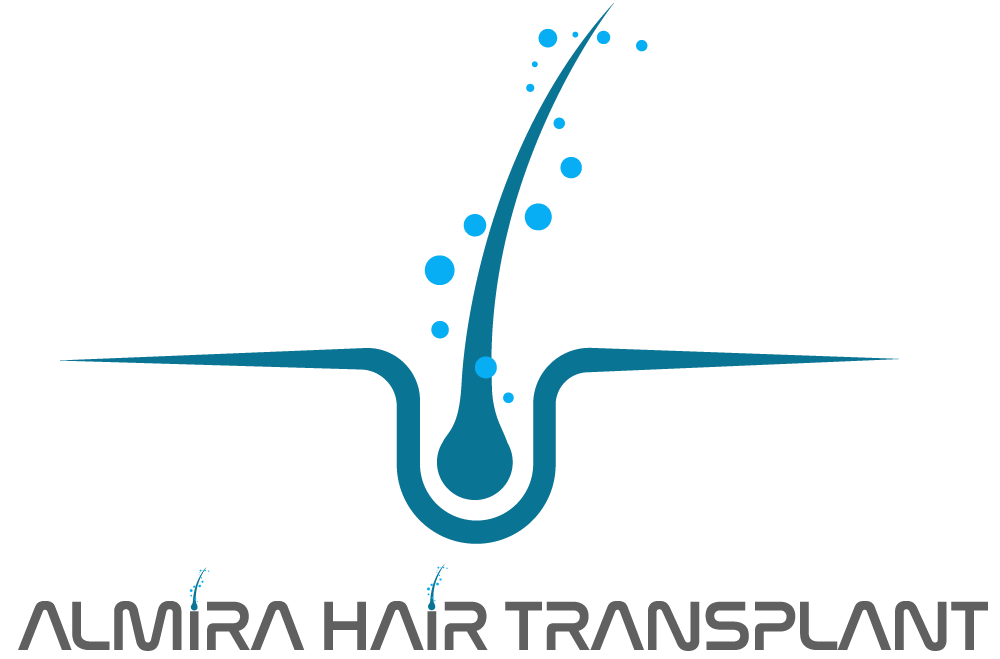The Use of Laser Technology in Aesthetic Dentistry

The Use of Laser Technology in Aesthetic Dentistry
Modern aesthetic dentistry aims not only to ensure oral health but also to deliver beautiful, symmetrical, and natural-looking smiles. Technological advancements in this field have greatly enhanced both patient comfort and treatment precision. One of the most transformative innovations is the use of laser technology.
Lasers have become indispensable tools in both soft and hard tissue procedures, offering benefits such as minimal bleeding, reduced discomfort, increased precision, and faster healing times—making them ideal for cosmetic dental treatments.
What Is Laser Technology in Dentistry?
LASER stands for “Light Amplification by Stimulated Emission of Radiation.” In dentistry, lasers are used to cut, vaporize, reshape, or disinfect tissue with high precision using focused light energy. There are three main types of lasers commonly used:
-
Diode Lasers (primarily for soft tissue)
-
Er:YAG and Nd:YAG Lasers (for hard and soft tissue)
-
CO₂ Lasers (mainly for soft tissue surgery)
Each type operates at a different wavelength and is chosen according to the specific clinical application.
Applications of Laser Technology in Aesthetic Dentistry
Laser technology is used in aesthetic dentistry for both functional improvements and cosmetic enhancements:
1. Smile Design & Gum Contouring (Gingivoplasty)
In patients with a “gummy smile,” where too much gum is visible when smiling, lasers are used to reshape the gum line. This technique is less invasive than traditional surgery, results in minimal bleeding, and promotes faster healing.
2. Laser Teeth Whitening
Laser-assisted bleaching involves applying a special whitening gel that is activated by laser light. Compared to conventional whitening methods, it delivers faster results and longer-lasting effects.
3. Pigmentation Removal
Dark spots or melanin pigmentation on the gums can be aesthetically displeasing. Lasers can safely remove these pigmented areas, resulting in lighter and more uniform gum coloration.
4. Soft Tissue Sculpting Around Implants
After implant placement, lasers can be used to sculpt the surrounding soft tissue for a more symmetrical and natural-looking gum contour, enhancing the final aesthetic outcome.
5. Treatment of Canker Sores and Cold Sores
Lasers offer a quick, painless solution for aphthous ulcers and herpetic lesions. Laser light reduces pain and accelerates healing by deactivating the virus and stimulating tissue regeneration.
Key Advantages of Laser Use
-
Minimized bleeding: Laser energy coagulates blood vessels instantly.
-
Faster healing: Minimal trauma to surrounding tissues.
-
Less pain: Often no need for local anesthesia.
-
High precision: Selective tissue targeting without harming healthy areas.
-
Improved patient satisfaction: Predictable and aesthetically pleasing outcomes.
Conclusion
Laser technology is revolutionizing aesthetic dentistry by offering a minimally invasive, precise, and comfortable alternative to traditional procedures. From gum contouring to teeth whitening and pigmentation removal, lasers deliver superior cosmetic results with less discomfort and shorter recovery times.
As technology continues to evolve, laser-assisted dental treatments are set to become the new standard in aesthetic dentistry—offering patients not only healthier smiles but also more beautiful ones.


